| Line 15: | Line 15: | ||
<center><table><tr><td><partinfo><h6 style="color:blue;font-size:35px">pSB3K3 → BBa_K2491030 short</h6></partinfo></td></tr></table></center> | <center><table><tr><td><partinfo><h6 style="color:blue;font-size:35px">pSB3K3 → BBa_K2491030 short</h6></partinfo></td></tr></table></center> | ||
| − | + | <h6>The goal of this improvement was to replace p15a origin of replication in pSB3K3 with the RK2 ori to generate a shuttle vector as a broad host range vector (i.e. can replicate in E.coli and other microorganisms). | |
| − | + | The RK2 origin of replication is a broad-host-range plasmid belonging to the incP incompatibility group that can be maintained in a large number of bacteria. The minimal region for replication and maintenance consists of an origin of replication, oriV, and the plasmid replication initiator protein TrfA protein, that activates oriV. The copy number of RK2 is about 4-7 per cell in E. coli, 3 in Pseudomonas aeruginosa, and 4-7 in Agrobacterium. | |
| − | + | <br><br>By applying this change, many teams may now have a broad range, low-copy system for a two-plasmid system within a wide variety of bacterial strains. In future application, our polycistronic degradation plasmids may be applied to broad-host-range remediation applications depending on the condition with which the water being treated is in. Applying our two-plasmid system to a wide variety of strains, will introduce the possibility of increased efficiency for PAH degradation in many environmental situations. Some bacterial strains may also code for many more pathways that can be combined with our own in future biodegradation applications.</h6> | |
| − | <h6>The goal of this improvement was to replace p15a origin of replication in pSB3K3 | + | |
| − | The RK2 origin of replication is a broad-host-range plasmid belonging to the incP incompatibility group that can be maintained in a large number of bacteria. The minimal region for replication and maintenance consists of an origin of replication, oriV, and the plasmid replication initiator protein TrfA protein, that activates oriV. The copy number of RK2 is about 4-7 per cell in E. coli, 3 in Pseudomonas aeruginosa, and 4-7 in Agrobacterium.< | + | |
| − | |||
| − | |||
| − | |||
| − | |||
| − | |||
| − | |||
| − | |||
| − | |||
| − | |||
| − | |||
| − | |||
| − | |||
| − | |||
| − | |||
<div class="footer-dark"> | <div class="footer-dark"> | ||
Revision as of 01:35, 1 November 2017
Improvement
pSB3K3 → BBa_K2491030 short |






